While my year began visiting the Philadelphia Flower Show I find it had very little to do with nature. Various arrangements of plants to create designs can be a good thing but all the exhibits there came off more like parade floats. So I'm skipping this event all together.
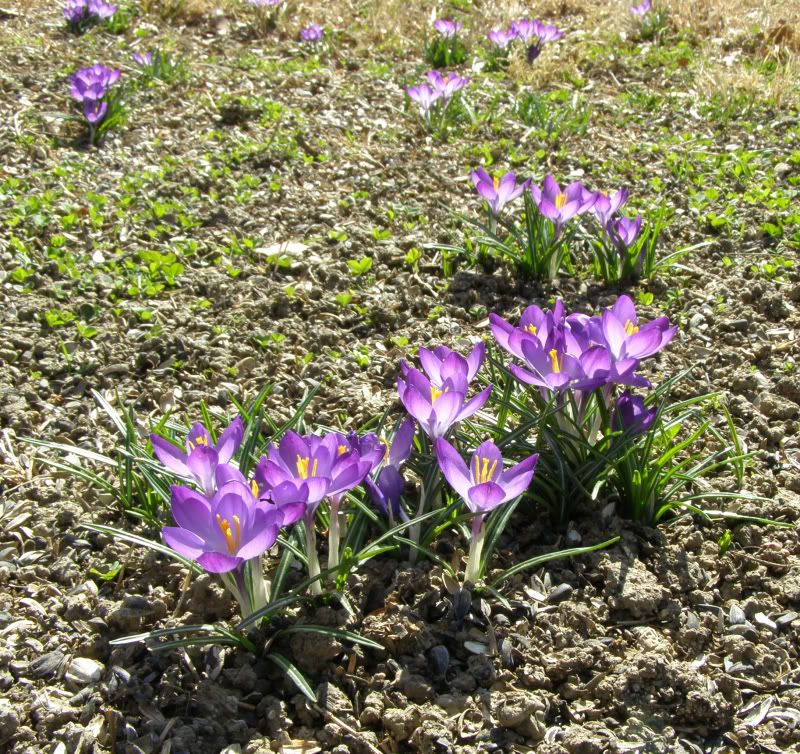
Crocuses are the first to flower in my yard. While they're up and blooming, the grasses they grow along side in the lawn have only just begun to poke their heads out of the ground. I love these early blooming plants but wish these were native.

Bloodroot blooms just as early as Crocuses do but unfortunately take a year off after planting. Maybe next year I'll see some flowers and hopefully in turn some bees.

God Bless the Mt. Cuba Center (pronounced Cube). I've been meaning to reward the person who told me about this place with lots and lots of money. Going there and touring the gardens is a wonder to behold.

While some areas are overrun by Virginia Bluebells and a yellow Poppy I can't recall the name of, others are wonderful tributes of what native plant gardens should be.
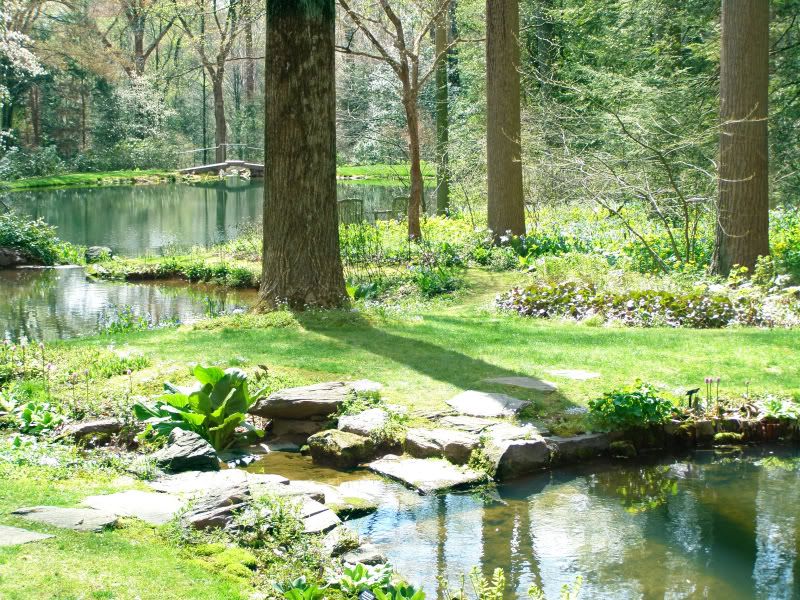
The small patches of lawn here are about as nonnative as it gets. There is a perimeter of moss is maintained around the entire pond. Looking at this picture now I can only guess what it must look like as a snow covered wonderland. I really need to visit the Mt. Cuba Center more.
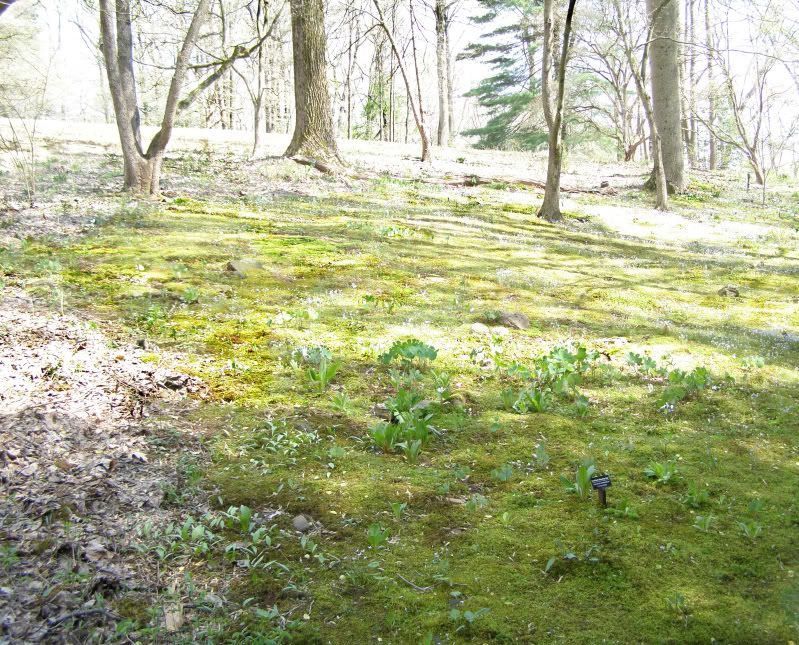
Their Prairie Garden in the early spring time is dotted with Trilliums, and several early blooming natives I can't name. In the summer I understand it's a sweeping meadow of wildflowers.
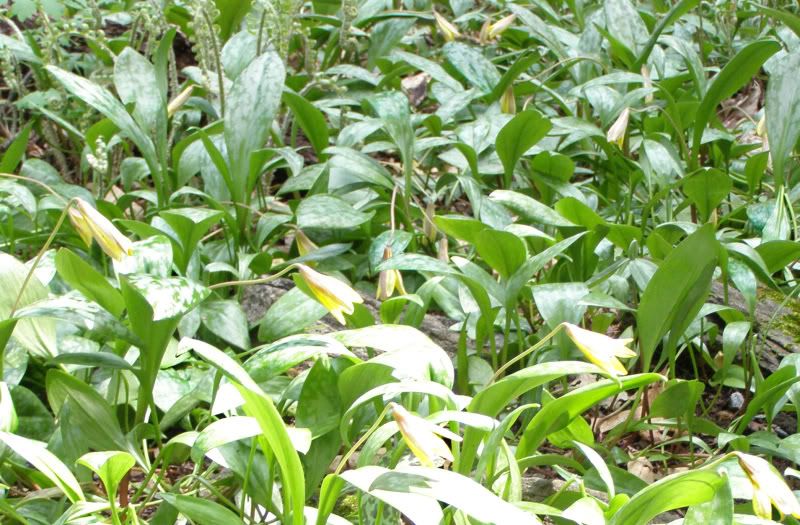
Another of their long list of achievements in gardening. Dog Tooth Violet's (pictured above) prefer to reproduce by division over flowering. Each spring only 1% of their populations will bother to grow a flower. The fact that they can get a patch of these to all bloom at once is amazing.
They also have one of the largest collections of Trilliums in the country growing there. Here are just a few.
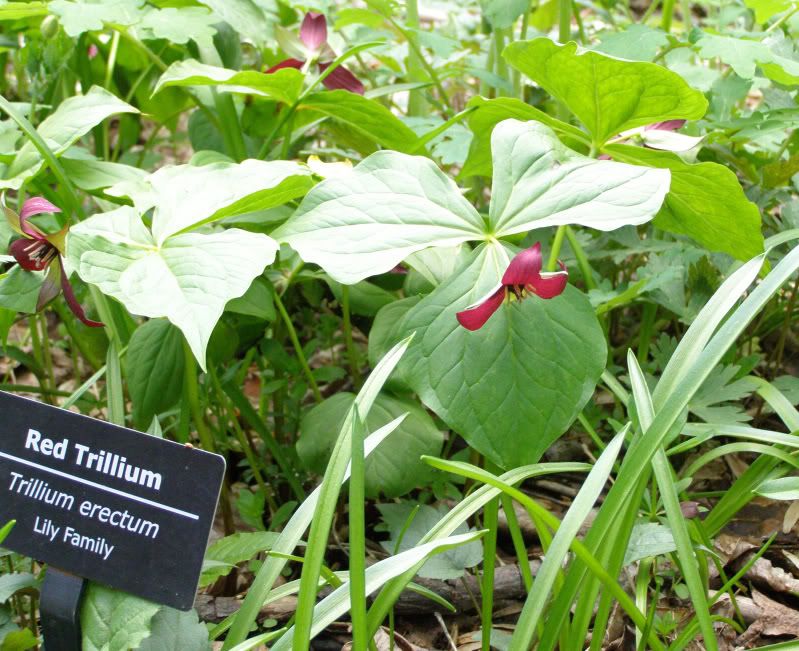
Trillium erectum
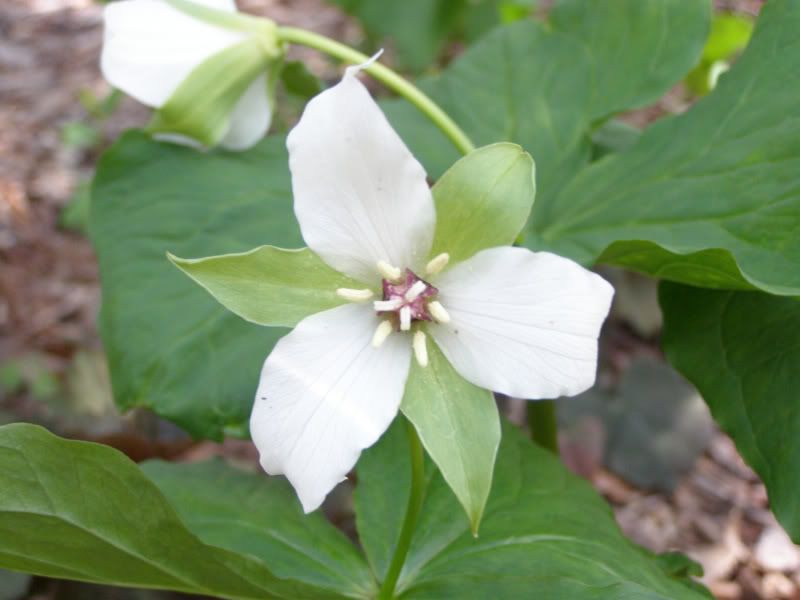
Trillium cernuum x simile hybrid (I think)
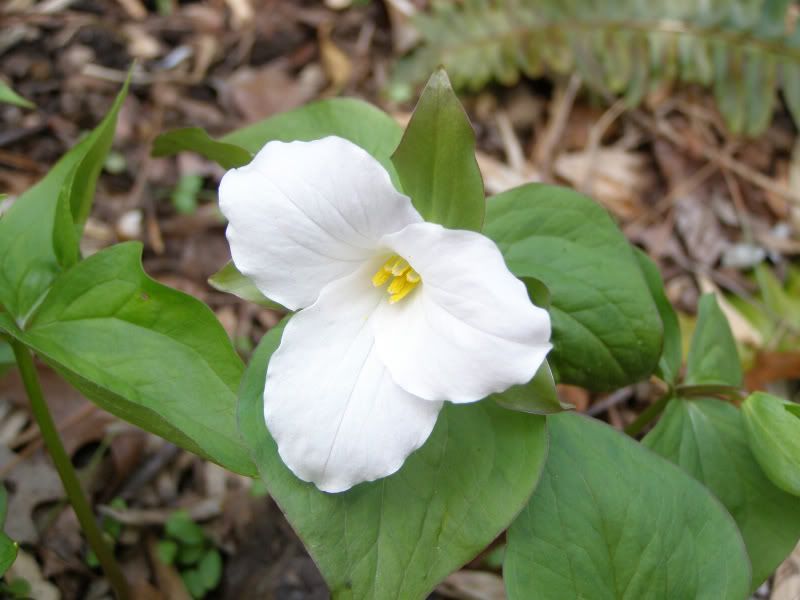
Trillium grandiflorum
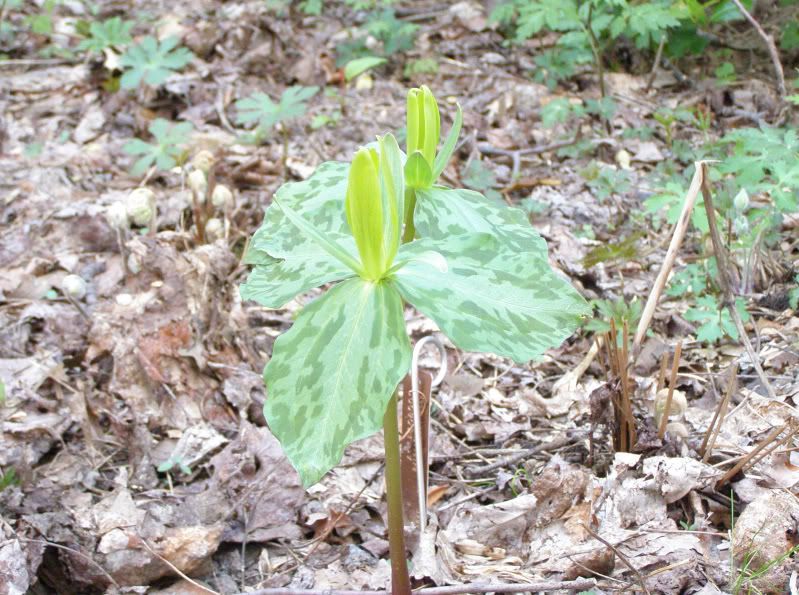
Trillium luteum

Trillium sulcatum (I think) possibly another hybrid
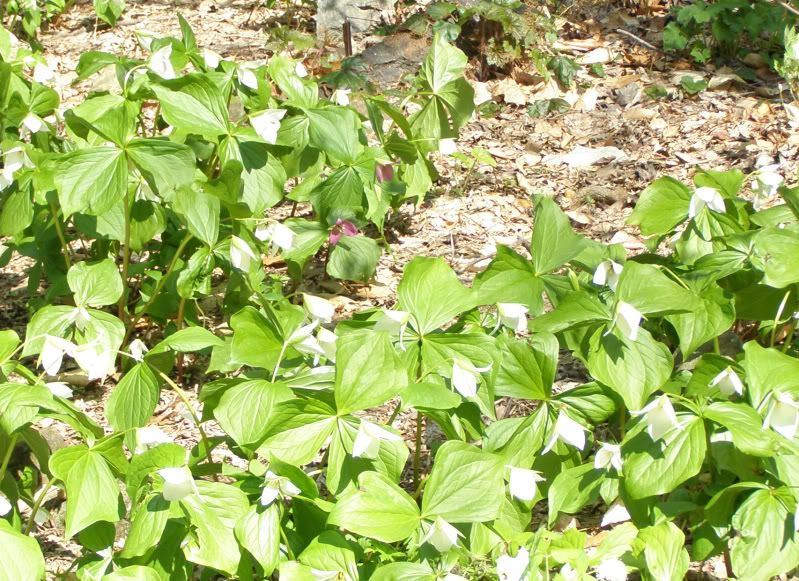
As you can see with such a huge collection hybrids occur with more frequency.
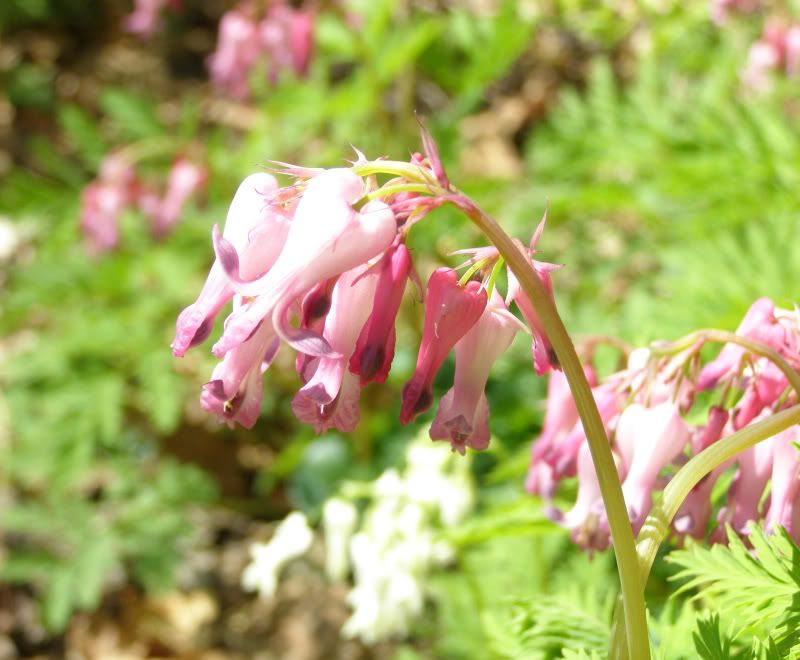
Bleeding Hearts
And that ends my visit to the Mt. Cuba Center. I have more photos of course but it would take to long to get into them all.
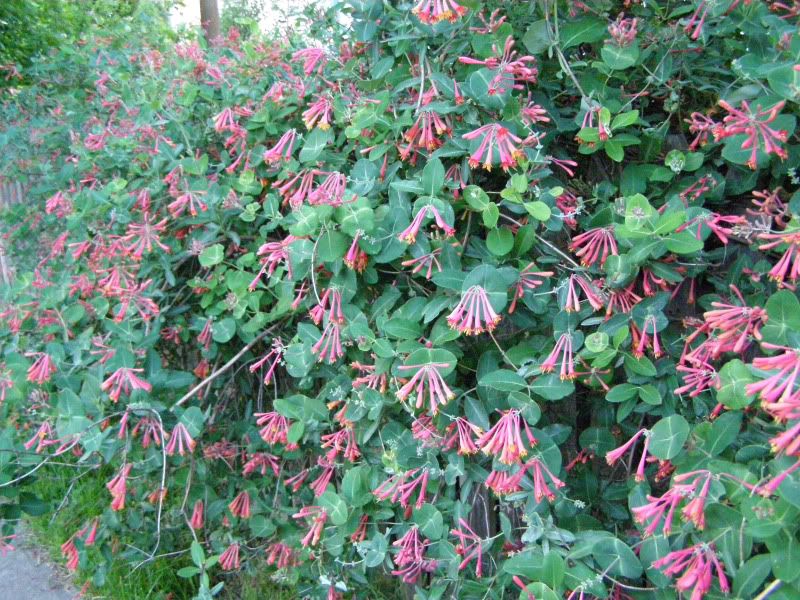
Coral Honeysuckle which is a lot prettier then the invasive Japanese Honeysuckle.

I know a farmer who plants a whole field of Mustard which is invasive. He plants it specifically for deer to eat so they leave his other crops alone. I works to some extent mostly because shooting the deer is easier to do in a field.
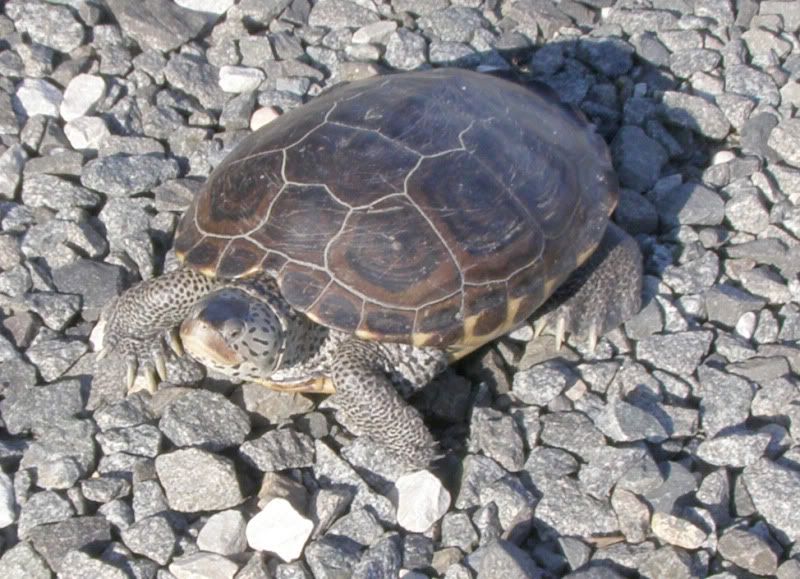
A sea turtle that came up with the full moon (day or night) to lay her eggs.
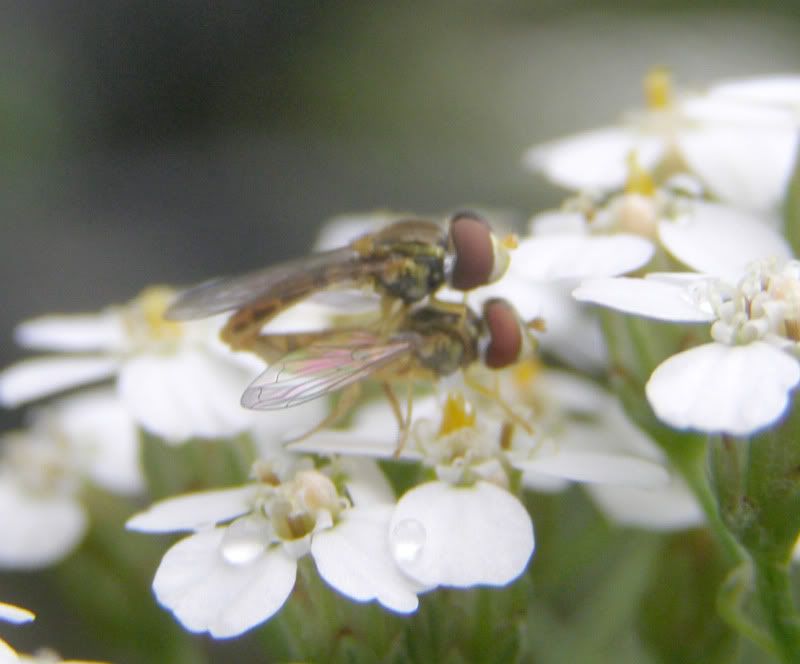
Hover flies in love. Someone call Isabella Rossellini.
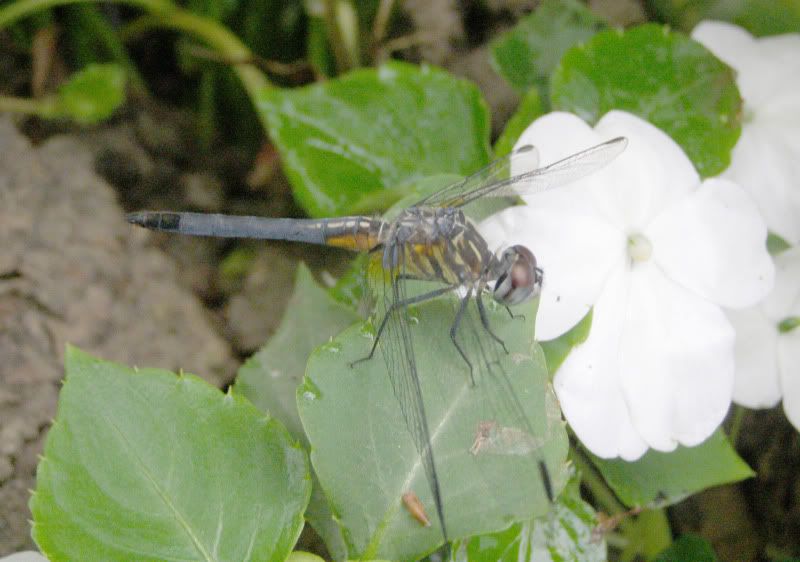
With so many hover flies about dragonflies were bound to show.

A yellow/green lady bug. Still imported but at least it's not the invasive species seen all over the place.
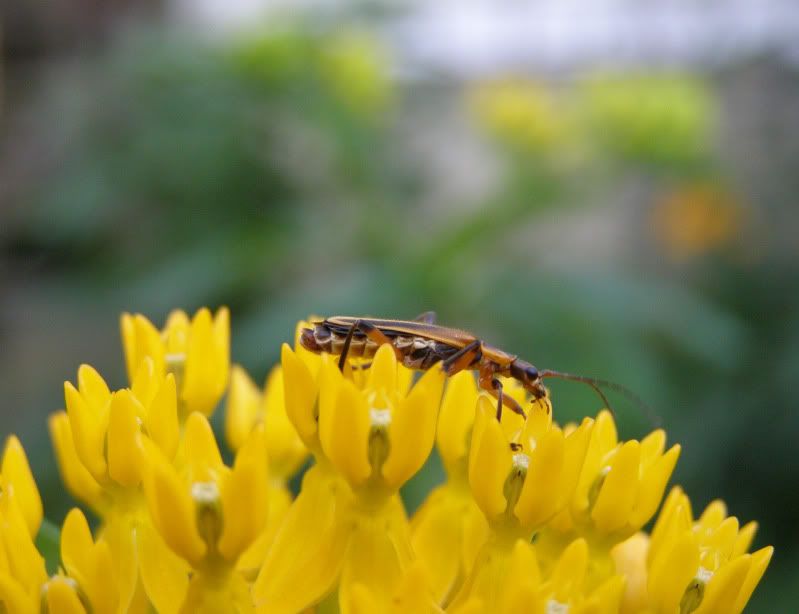
Milkweed, not just for the bees anymore.
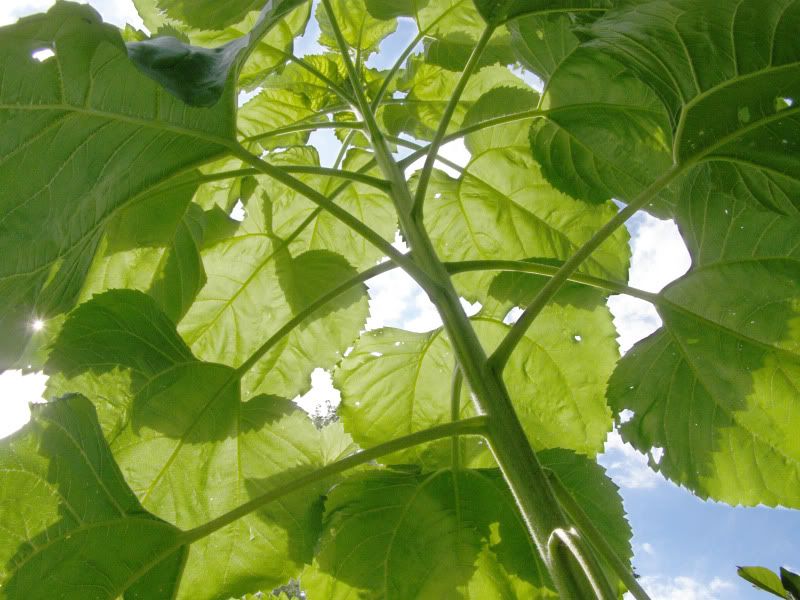
The inside of a giant sunflower.

Lots of sunflowers.

Lots of Coneflowers.

Free pest control.

A Joe Pye Weed probably in need of division.


A reasonable companion I suppose. Liatris with Turk's Cap Lily.

Sunflowers paying off. The Gold Finch.
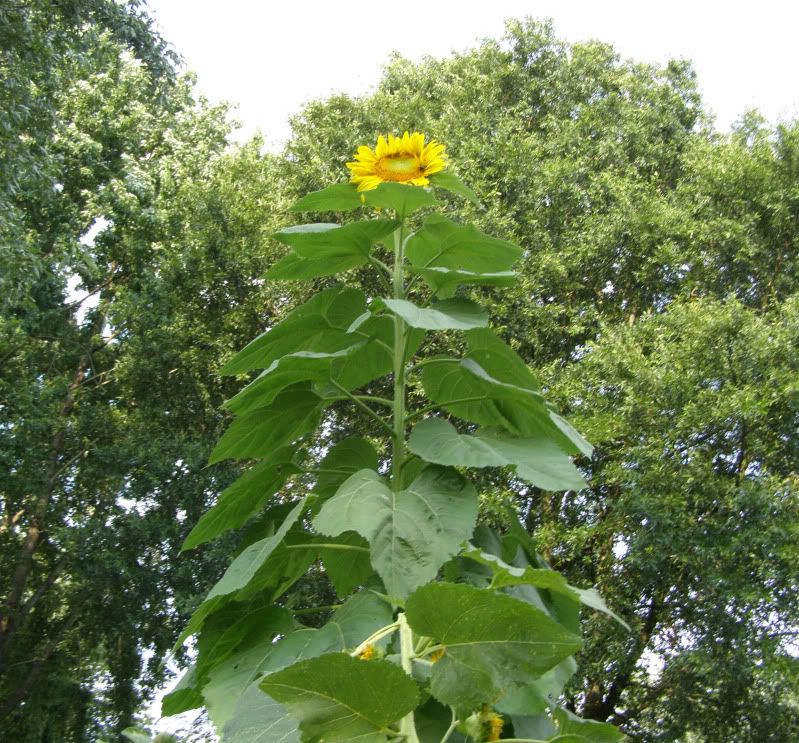
What's great is this sunflower is tall enough that you'd never expect a dwarf apple tree was planted only 1 foot away.

A Hawk helping me with my rodent problem.

Joe Pye Weed delicately blooming again.
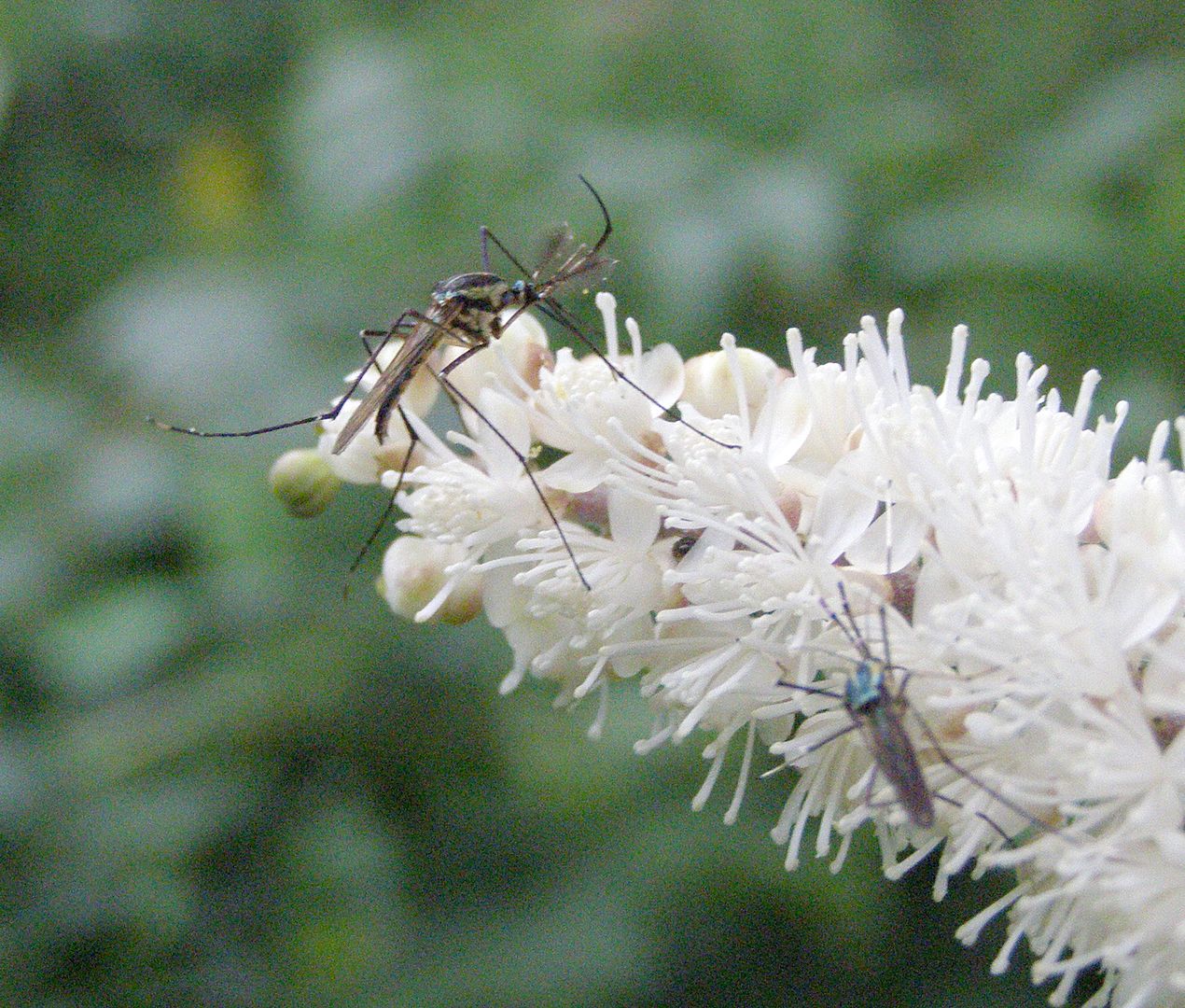
Not all Mosquitoes drink blood! Some find nectar more appealing.

A hoverfly in the Autumn.
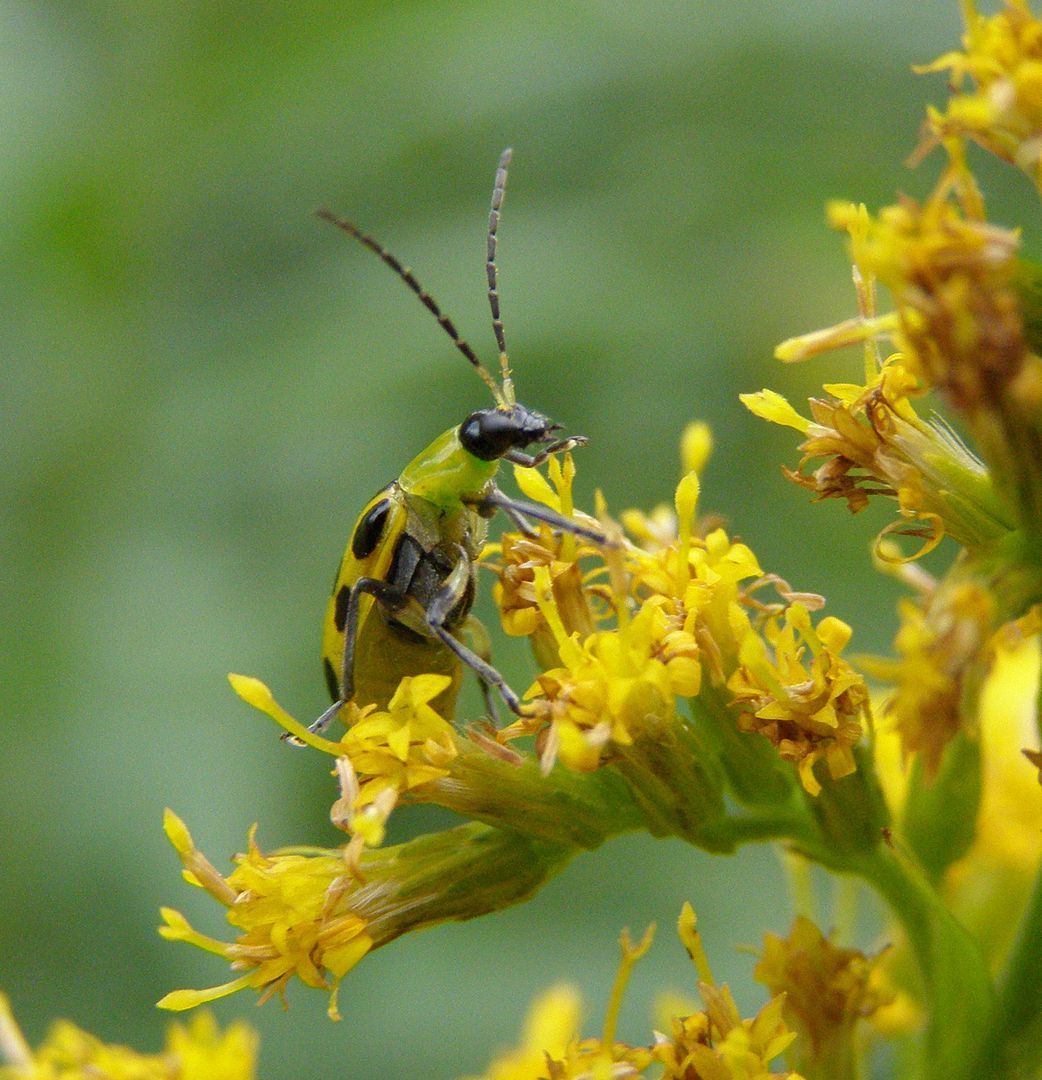
A flower beetle on some goldenrod.
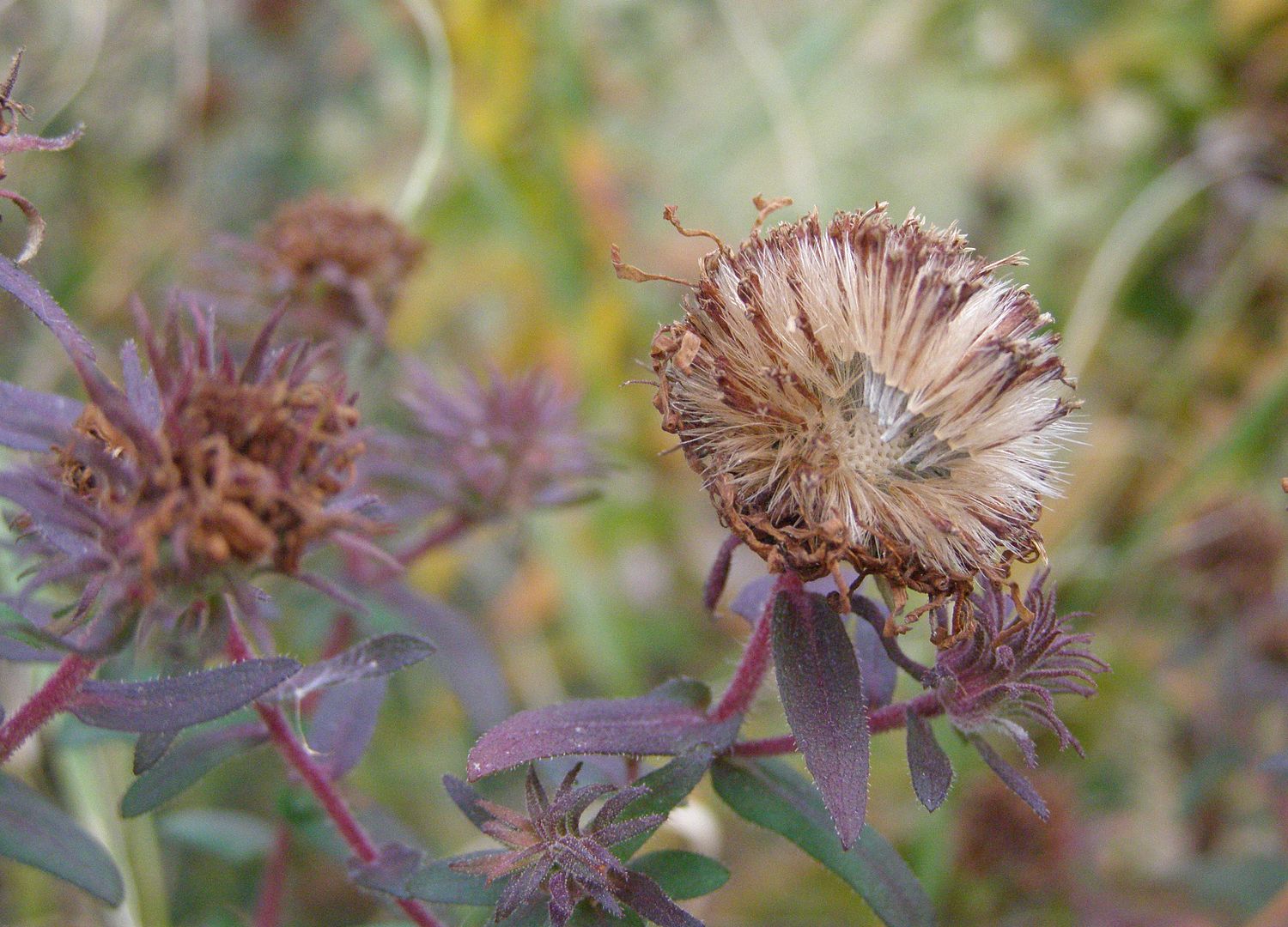

Proof that fall color isn't just in the trees.